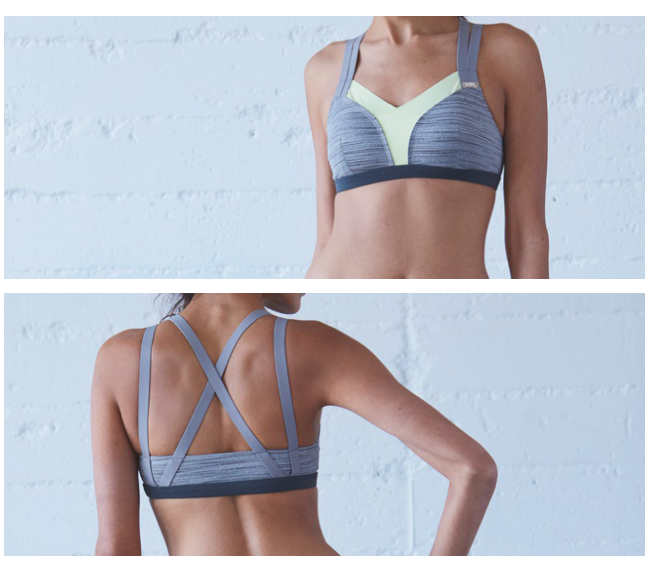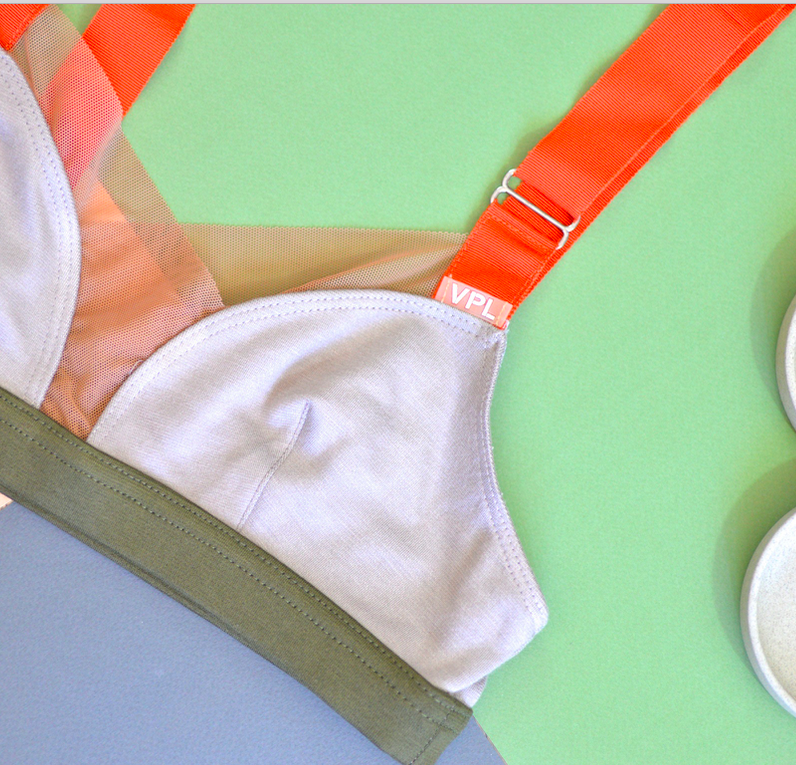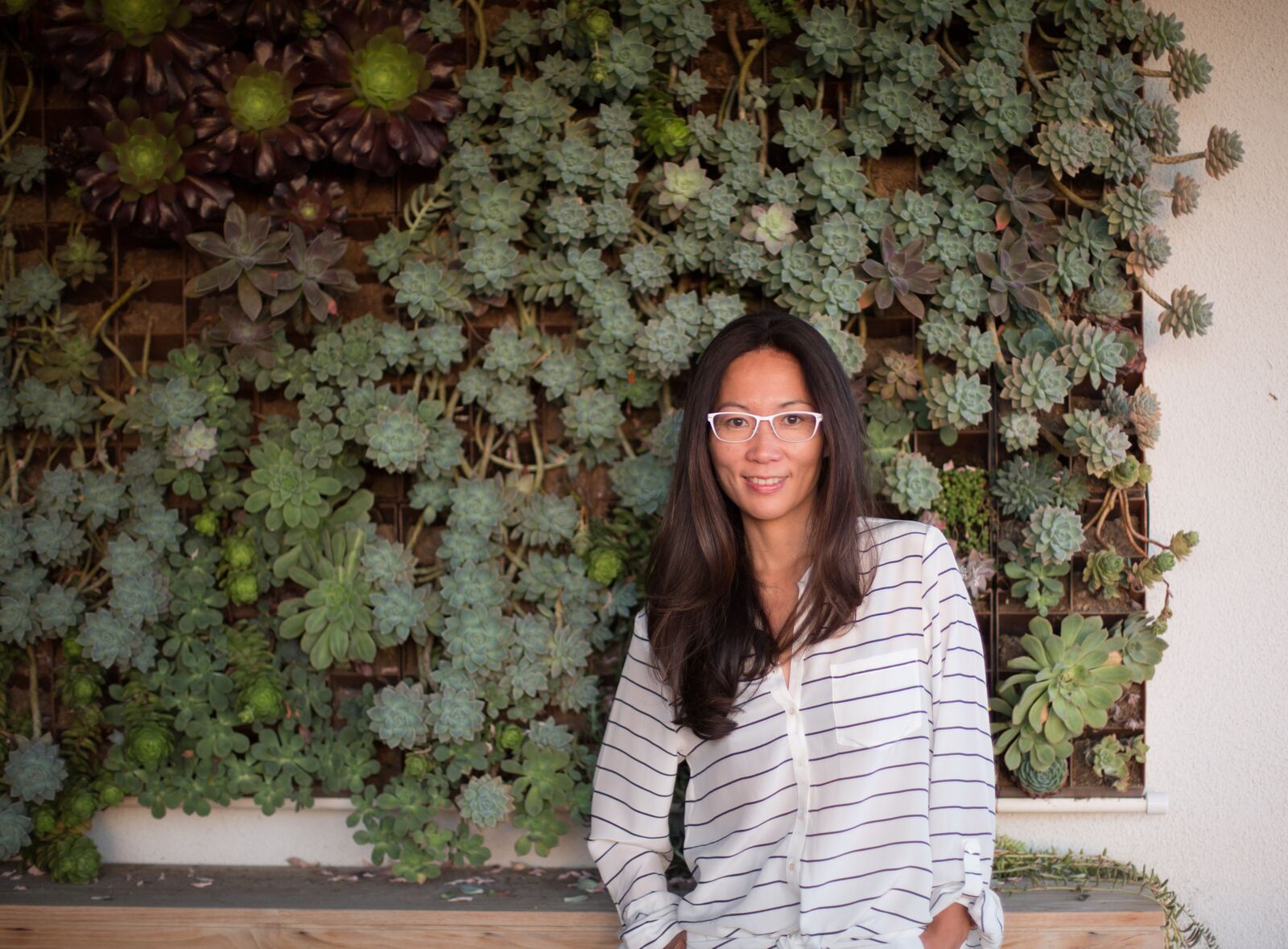Kikka Hanazawa is the CEO at VPL, which is a fashionable activewear line. She grew up surrounded by the fashion industry, but wasn’t interested in a career in this field. However, destiny had a different plan, and she was involved in fashion each step of the way. She finally gave in and embraced the industry as her own. She got her MBA at Harvard Business School, worked at Theory and is currently the CEO at VPL. Learn about her path below!

Walk me through your career path.
My family is in the fashion business, and because of this I was not interested in a fashion career. My grandmother was the first Japanese woman to launch a fashion magazine and also had a boutique. I learned pattern making and cutting from my mother. My first role after college was working at a Japanese company, and the client assigned to me was J.Crew. I went to Harvard Business School for my MBA, and during this time I interned at a private equity firm. There are more men than women who work in finance, and I realized there is no gender barrier in fashion. My voice is always heard in the fashion industry because I am the consumer, whereas finance that was not the case. I decided my fate was to work in fashion. After I graduated from HBS, I went to Theory as the Director of Strategic Planning and worked with Andrew Rosen. I learned how to grow a business and how businesses work from him.

Tell me about Fashion Girls for Humanity.
If a small brand gives 5% of sales to a cause, it may not be a large donation. Therefore, we wanted to get together with other designers in order to have a bigger contribution. We didn’t want to send clothes to a natural disaster area, because medical, food and water tents are given out first. Clothing is last on the list in these situations and may not get distributed. There is a huge cost to transport clothing from all over the world to the area of natural disaster. We helped after the Japanese earthquake, Hurricane Sandy, and others. We decided the best way to help was to take the money from selling clothes and send it to that area. I called Julie Gilhart, Tomoko Ogura and some fashion designers.
We got Berger & Wild to design our logo, which Style.com wrote a story on because it looked so cool. Lots of people wanted to get involved, and everyone provided their services for free. The Bowery Hotel provided a space for the weekend. We had thousands of people lining up for the sample sale because it was curated with phenomenal product. Lots of people from the industry volunteered their time to help work the sale. Eventually, we started doing everything online. For example, designers can donate a ticket to their fashion show. We’ve raised over a million dollars since we started the program!

Walk me through rebranding VPL from a clothing line to activewear line.
Editors from magazines were consistently pairing our clothes in sporty looks. Our customers were coming in wearing Lululemon pants, but no designers at the time were making activewear. We had to convince our retail partners where we should be placed in the store. We had to get new factories and fabrications. I constantly look ahead and forecast what’s going to happen in the next 5 years.

Tell me about your experience on the panel for CFDA Fashion Incubator program.
I was invited to review the business plans of different designers. This was when I realized the fashion & marketing calendar isn’t applicable to everyone. For example, not all designers need to have a fashion show and can use that money for other things. We worked with the designers to ensure they have a specific aesthetic and signature pieces.

What were the biggest challenges when you first got started?
The wholesale business was a huge challenge. The fashion system was given, and it seemed you had to follow it. In order to reach the customer, you design clothes, show it to department stores and they buy it. I have a background in both direct-to-consumer (J.Crew) and wholesale (Theory). I felt that wholesale wasn’t where the industry was going, but direct-to-consumer you have to have a large marketing budget. Consumers are finicky because they have so many choices. There is no barrier to entry for someone to sell something. Therefore, you are competing globally. In the past, consumers discovered new brands at department stores, but now the brand can be discovered anywhere (Instagram, online, etc).
How did you learn what it takes to grow & run a business?
I learned by doing. I also learned from entrepreneurs who started their own businesses. It was helpful to be in an environment with them and see how they made decisions.

Where is VPL now, and where do you it them in the future?
As our social media presence grows, our market base is bigger, almost like a subscription. The more authentic you are, the more unique your product is and being the #1 in that category is key. Instead of doing lots of things, make a good product that you’re known for. It’s difficult to make something that works, but once you find what resonates with customers, continue that and build your brand equity.
We are going through a forced industry evolution. The fashion industry hasn’t changed for 200 years since the last Industrial Revolution. One example is that you have to buy minimums for fabric regardless of how much you need, so there is lots of unnecessary waste and leftover fabric. It doesn’t seem that many designers are projecting the possibilities of how clothing can make life better and people live longer. It’s not just about making something just to make it. There is so much stuff in the world, that things we create need to be purposeful.
We want to incorporate technology into clothing in order to make customers lives better socially and economically. With VPL, we have our classic signature styles and also introduce new styles and educate the customer on how to pair them together. We have toyed around with the idea of getting into men’s fashion. Men would like to wear activewear in a comfortable material, but still be dressed up. This could be in the form of a tailored jacket or drawstring dress pants. Or it could be in the silhouette of an activewear jacket, but made in sportswear fabric, which is more dressed up that you could wear to work. Specifically, we are planning to incorporate technology into clothing to make it “smarter,” with devices embedded seamlessly into it. To this end, we are working with electronic engineers. I would not call VPL a “tech” company, but it’s time for clothes to get smarter and better with technology.
Delia Folk
BY

you said: